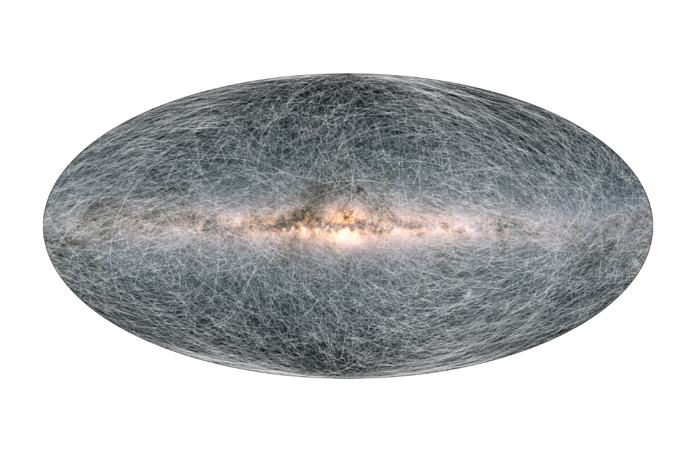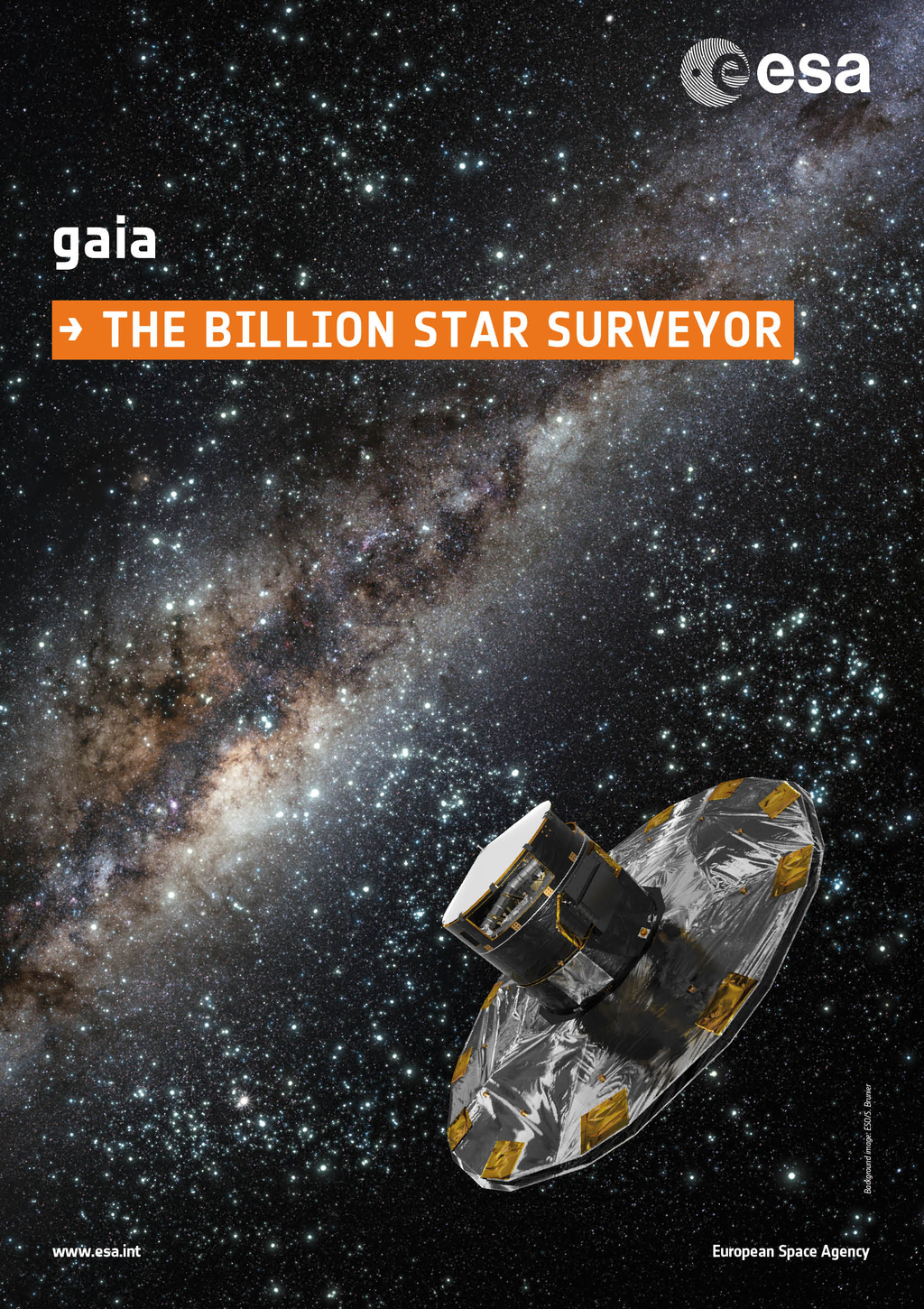Browse the 3D atlas of the galaxy

The latest data release from ESA’s GAIA telescope offers an incomparable window into our galaxy’s history.
GAIA, the acronym for Global Astrometric Interferometer for Astrophysics, is a mission by the European Space Agency (ESA). It launched in 2013 from the Kourou base, with the unique aim to build a three-dimensional space catalogue. Its instruments are accurate enough to measure the width of a hair from 2 000km away, an unprecedented precision.

In 2017, the first GAIA data release included the position of over 1 billion stars, as well as data regarding the motion of the 2 million brightest ones (astrometric data). It also contained photometric data sets: in simple terms, photometry is the study of the brightness of an object in a given range of wavelength. GAIA specifically looks at the Green magnitudes. The second data release, one year after that, contained astrometric information for 1.3 billion stars. Now the third data release contains the movement of just under 2 billion stars and colour information for about 1.5 billion, with an even higher accuracy than the 2017 and 2018 results.
What exactly is this data useful for? Well, the previous numbers have notably been used to refine the mass of our galaxy. Now with the more precise astrometric values, on one hand, it tells us more about the orbit of our Solar System around the centre of the galaxy: it was found that “the trajectory of the Solar System is deflected by the diameter of an atom every second”, which agrees with predictions. Another way the data corroborates theories regards an event between 300 and 900 million years ago. Then, the dwarf galaxy “Sagittarius”, which has a diameter 10 times smaller than the Milky Way and a mass which is 10 000 times less, passed by our galaxy in its closest approach, disturbing the motion of stars. Sagittarius is one of the neighbours of our galaxy that are being “eaten” by it, i.e. either on a trajectory to directly collide or gradually getting incorporated into our large galaxy.

GAIA was also pointed at two others of the Milky Way’s satellites, the Large Magellanic Cloud and the Small Magellanic Cloud, which orbit it at a distance of 163 000 light-years and 200 000 light-years respectively. In the image above, older stars are colour-coded in red, intermediate aged stars (Main Sequence Stars) are displayed in green and young stars in blue. A previously unknown “bridge” of stars appears between the two dwarf galaxies too.
GAIA was initially scheduled to finish its operations in 2022, but it has the fuel to survive until 2024. As Timo Prusti, ESA’s Gaia Project Scientist puts it: “And we’re not done yet; more great data will follow as Gaia continues to make measurements from orbit.”
Image credits: ESA
